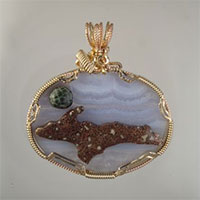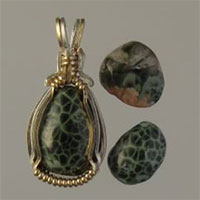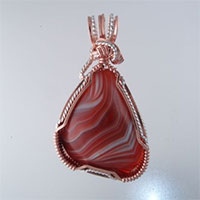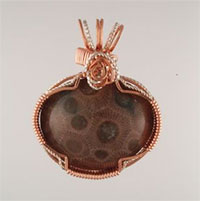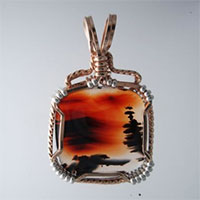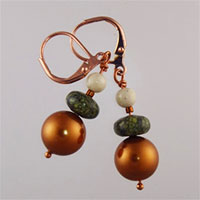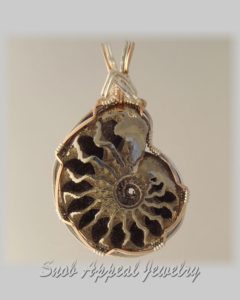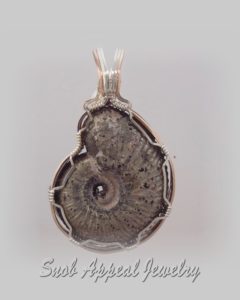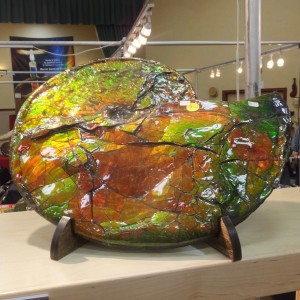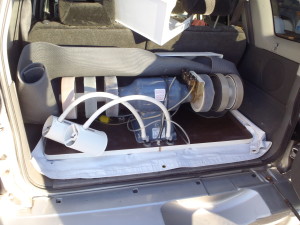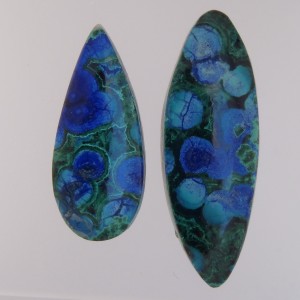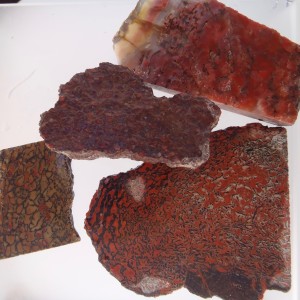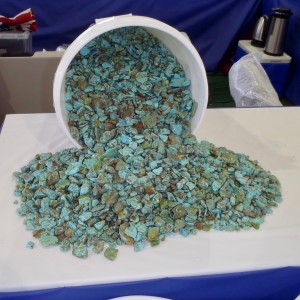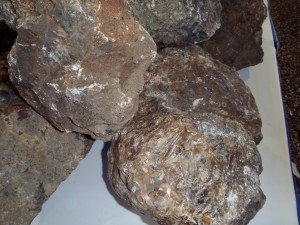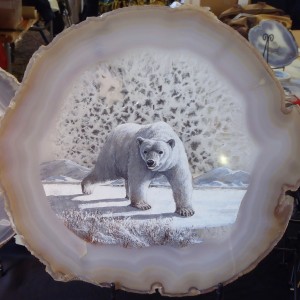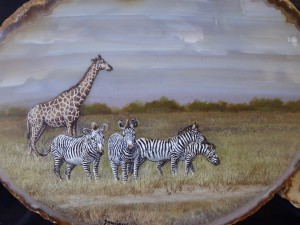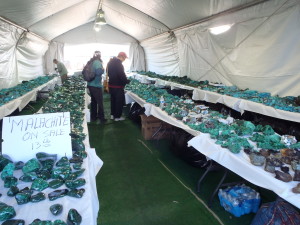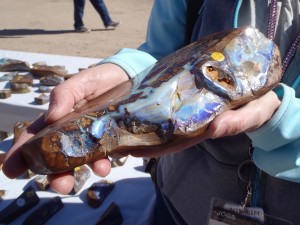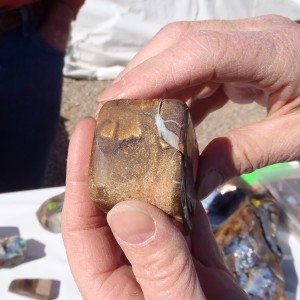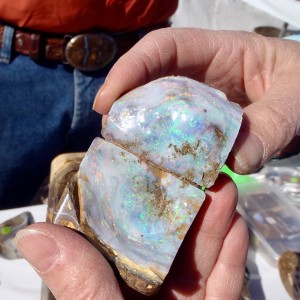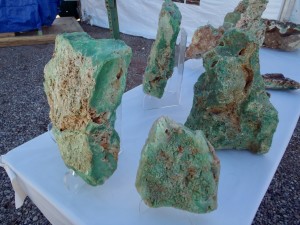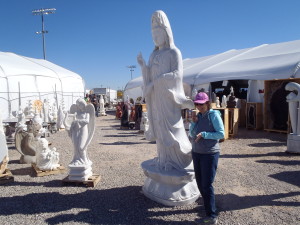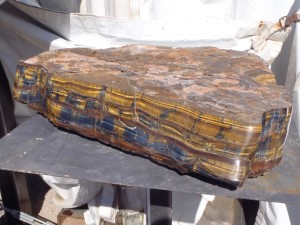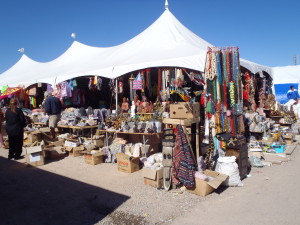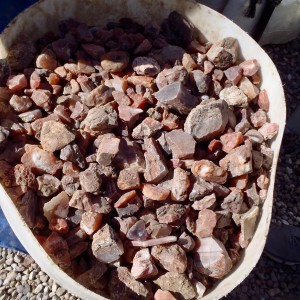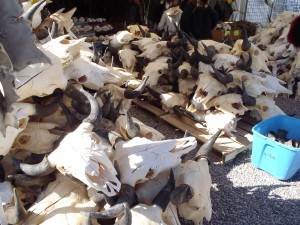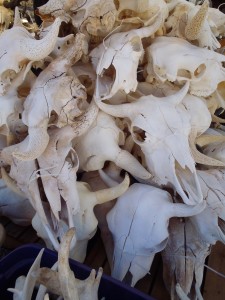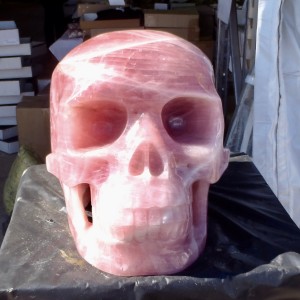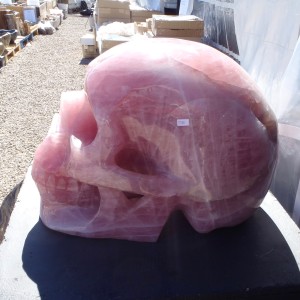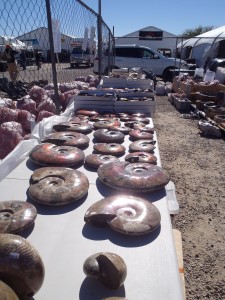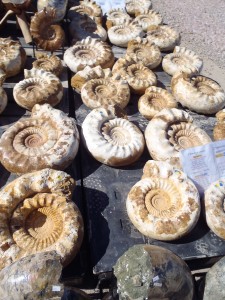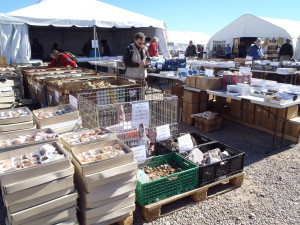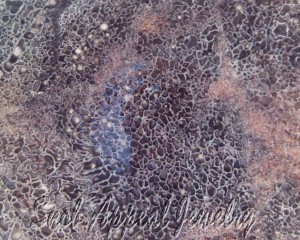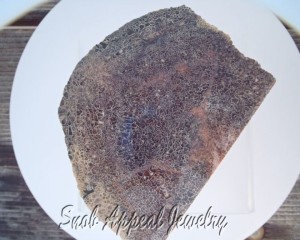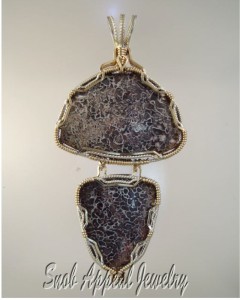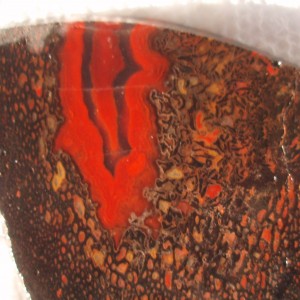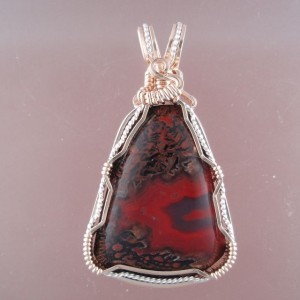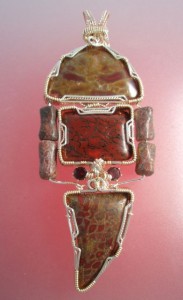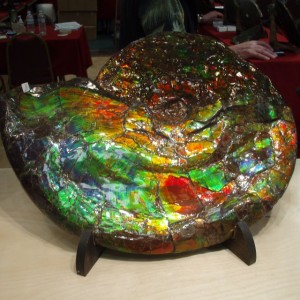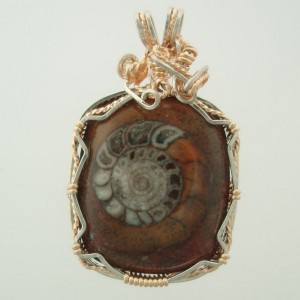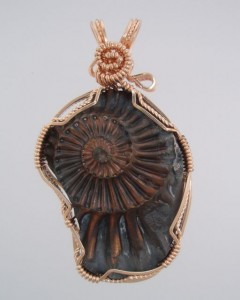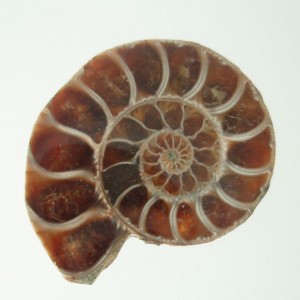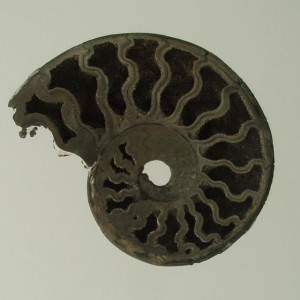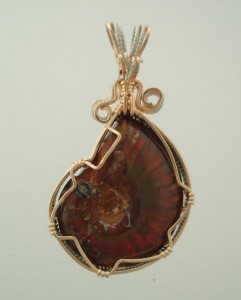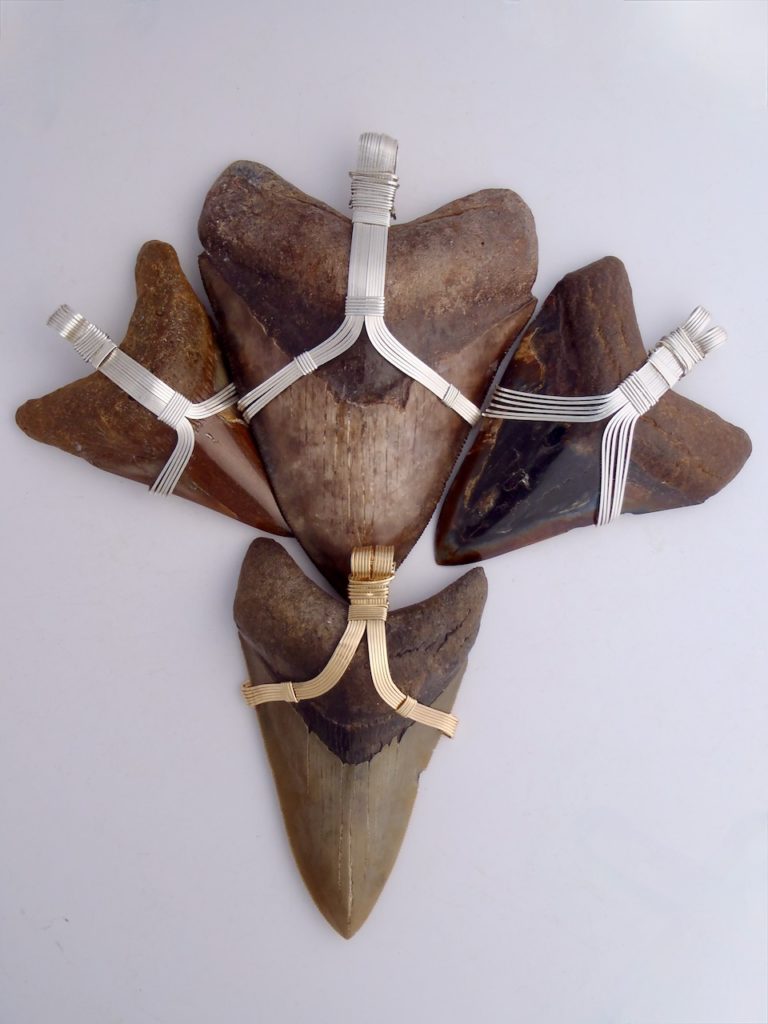
I recently purchased some Megalodon Teeth at our clubs’ show in Jacksonville. Sharks’ teeth are available from dealers and divers in Florida, Georgia, and the Carolinas. All sharks shed their teeth, and a new tooth rolls into the open place.
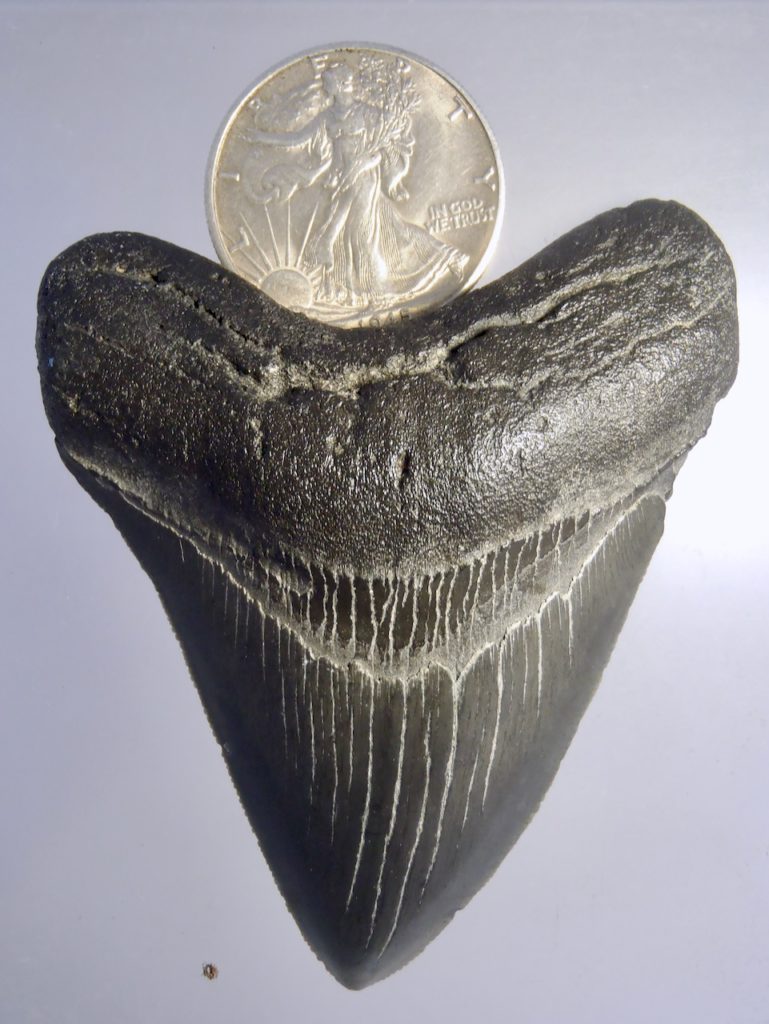
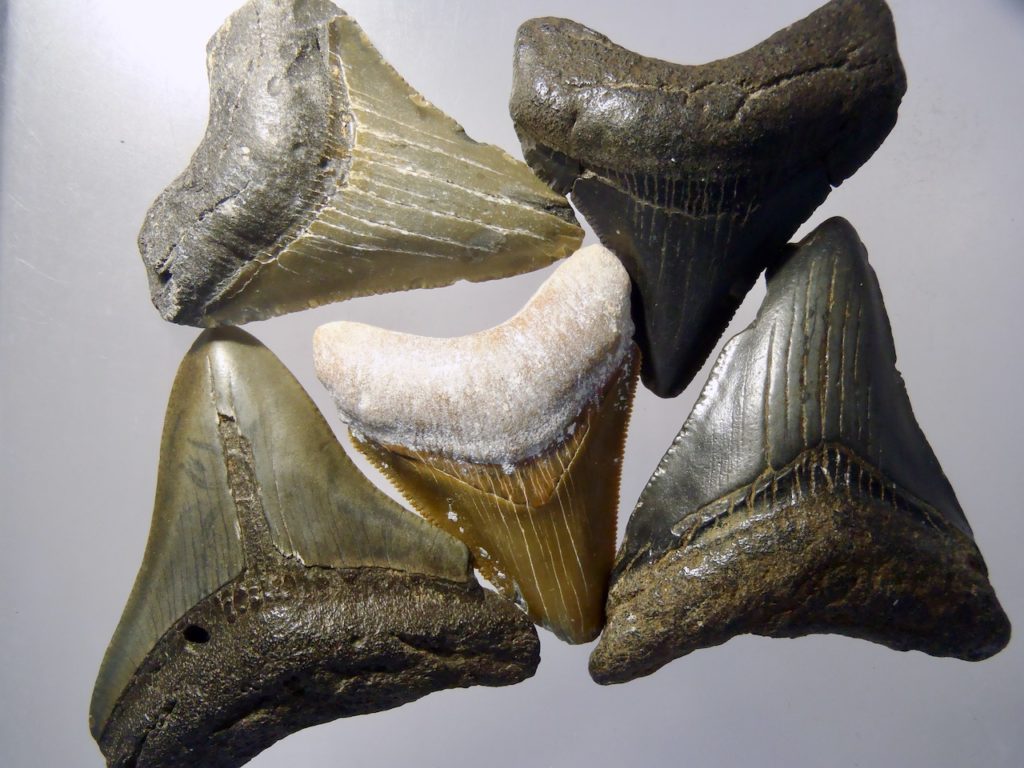
Many of the Southern rivers and the Atlantic Ocean provide the opportunity to find or dive for these fossils. Different sharks have specific teeth, and when you find a sharks tooth, a knowledgeable person can identify the species of shark that the tooth came from.
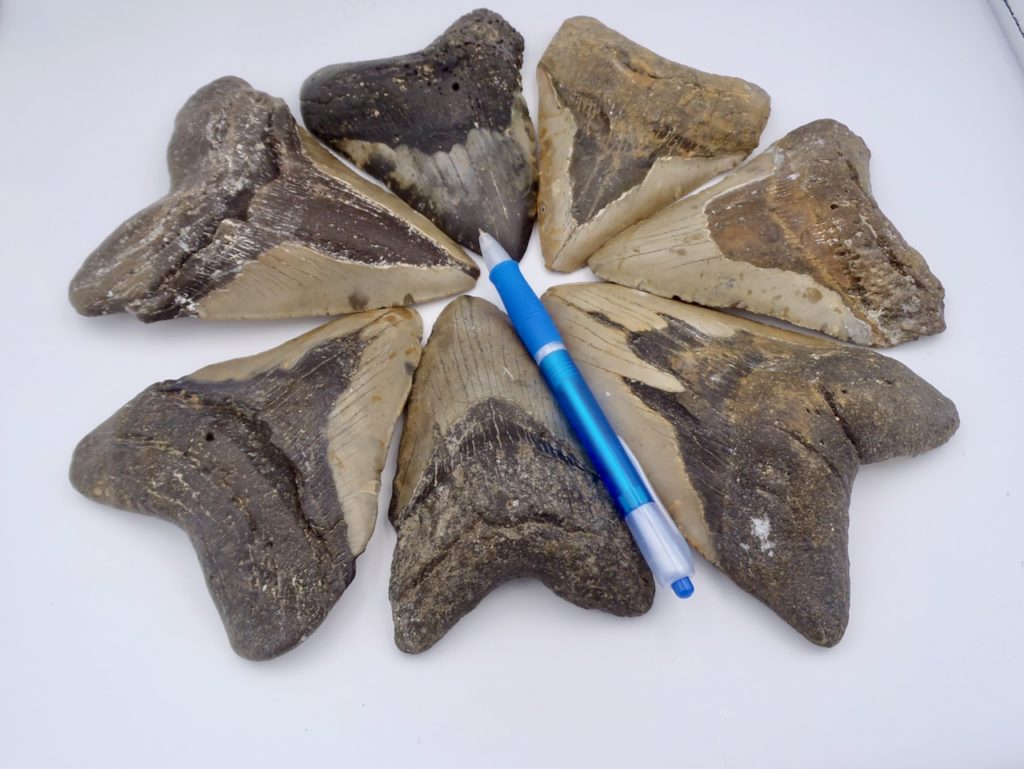
The most exciting find is always a Megalodon Tooth, especially a large, perfect tooth. Most sharks’ teeth are broken and/or may have flaws in the Enamel. The perfect tooth is very scarce, and when found they fetch top dollar. I bartered a top of the line meg tooth many years ago to a fossil dealer in Tucson. My tooth is perfect in every way. It has perfect saw-like edges, and has Pyrite in it, that shines in the sun.
I occasionally purchase Megalodon teeth from divers. Eliminating any middle man is always better for me and I can pass along the savings to my customers.
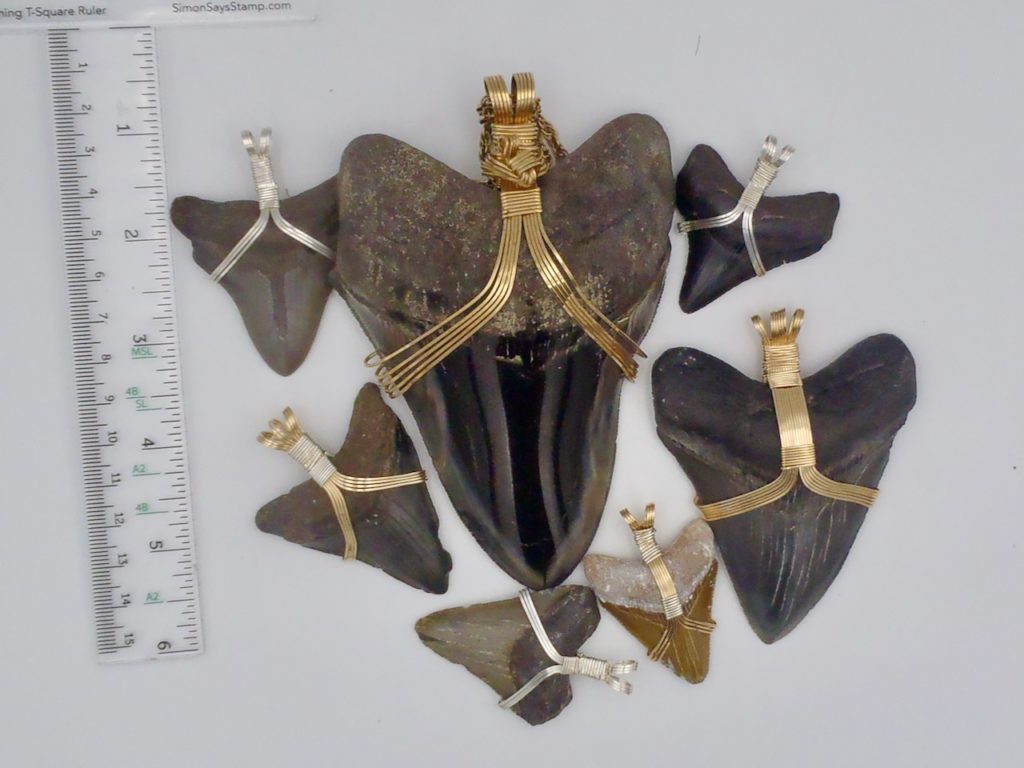
How big was the Megalodon? The analogy I use when I speak to kids is; “Do you know how big a school bus is?” All kids know how big a school bus is, of course. “THINK OF A SCHOOL BUS WITH TEETH!!” That is how big a Megalodon was. Some were known to be over 50 feet long, and they had a mouth that a normal person could stand inside!
You just cannot imagine just how big a Megalodon was, unless you actually saw one. Well, guess what?: You can see a model of a Megalodon, at the Tennessee State Aquarium in Chattanooga, and there is one in the Smithsonian. Pictures are on line.
Researchers have determined that a baby Megalodon was born alive at over 6 feet in length. The question is how did th baby get that big at birth? That baby Meg ate up the embryos and its siblings IN THE WOMB!
Even as a baby, the Megs’ cannibalistic habits were apparent. When this baby was born, it had to be protected. Other Megalodons could easily eat baby Megs. Megalodons fed on whales, Dolphins, and anything else, at the rate of 2,000 pounds a day for an adult Meg. Sometimes I tell the kids that they would be a small snack for a big Megalodon. Megs could eat a Killer Whale in 5 bites! “Chomp, chomp, chomp, chomp, chomp.” Orca gone.
You know, do you not, that kids love Dinosaurs and Megalodons?
I am far from a shark expert, but if I find someone that knows about sharks, I pick their brains for shark trivia, that I can pass on to the kids, or you.
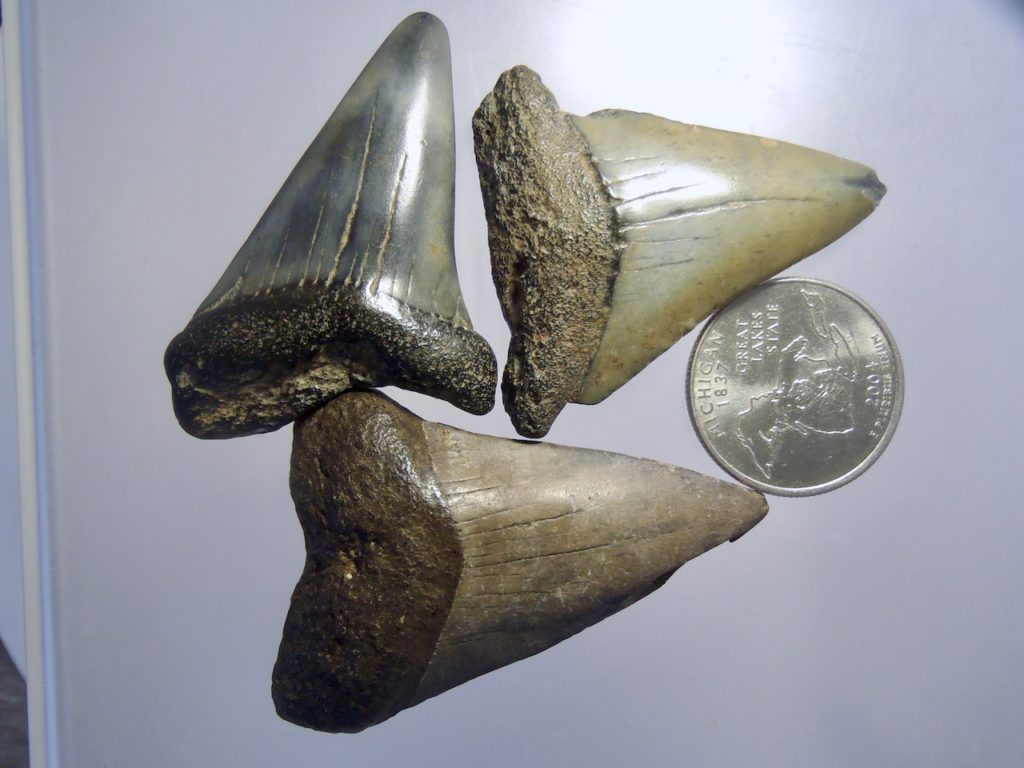
Over the years, I’ve developed a wire wrap for Sharks Teeth and arrowheads. Using my shark wrap, I can wrap any size tooth. Guys seem to like the BIG Meg Teeth, and ladies prefer a more toned down, not so much “in the face” version; perhaps a “Baby Shark” (It’s OK to sing). Baby Megalodon teeth are less expensive than big Mega-teeth, and are often preferable for the ladies. To be sure, the big ones are hefty! You’ll want a suitable chain, I use two 4mm gold fill chains together.
Enjoy my recent Shark journeys.


